Description
MICROELECTRONIC CIRCUITS: ANALYSIS AND DESIGN combines a “breadth-first” approach to teaching electronics with a strong emphasis on electronics design and simulation. Professor Rashid first introduces students to the general characteristics of circuits (ICs) to prepare them for the use of circuit design and analysis techniques.
He then moves on to a more detailed study of devices and circuits and how they operate within ICs. This approach makes the text easily adaptable to both one- and two-term electronics courses. Student’s gain a strong systems perspective, and can readily fill in device-level detail as the course (and their job) requires. In addition, Rashid, author of five successful texts on PSpice and power electronics, directly addresses student’s needs for applying theory to real-world design problems by mastering the use of PSpice for testing and verifying their designs.
More than 50% of the problems and examples in the text concentrate on design, with PSpice used extensively in the design problems.

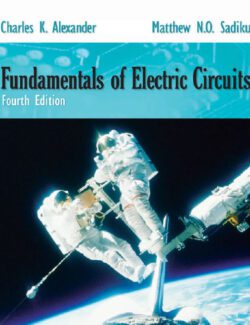
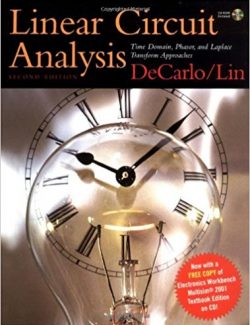

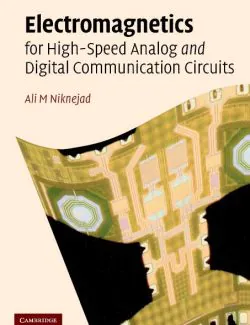



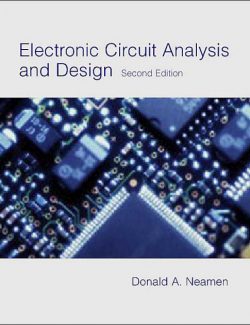

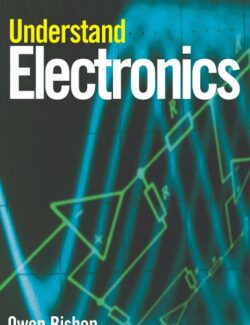

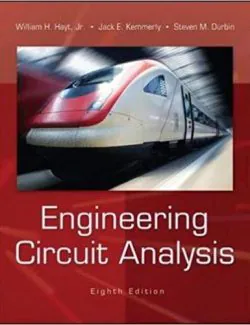
Leave us a comment
No Comments